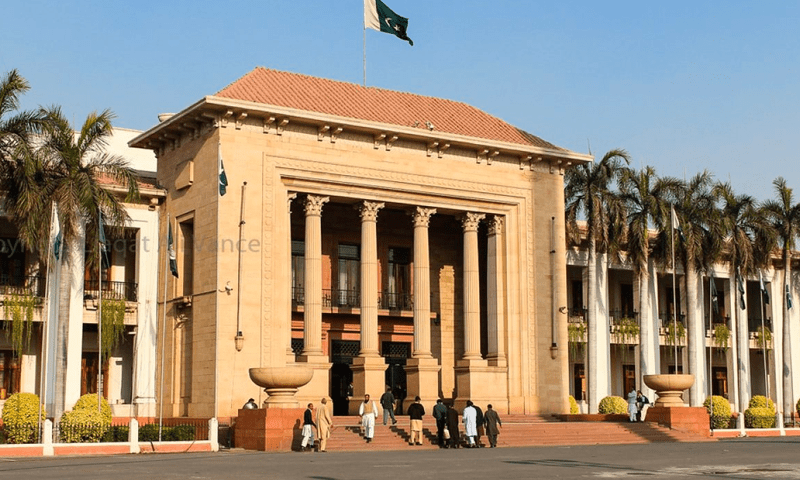Devaluation of currency refers to the deliberate reduction in the value of a currency in relation to other currencies. This can be done by a government or central bank in order to make exports more competitive, reduce trade deficits, and stimulate economic growth. However, devaluation can also have negative consequences for an economy, particularly if it is done excessively or without proper planning.
One of the main risks of devaluation is inflation, as a weaker currency can lead to higher prices for imported goods. This can erode the purchasing power of consumers and reduce their standard of living. Additionally, devaluation can make it more expensive for a country to service its foreign debt, as the value of its currency declines relative to the currencies in which the debt is denominated.
To strengthen the value of a currency, there are several strategies that can be employed. One approach is to increase interest rates, which can attract foreign investment and support the currency’s value. Another strategy is to implement fiscal policies that reduce government deficits and debt, which can improve investor confidence in the economy and its currency.
In the case of the Pakistani rupee, the currency has been experiencing a gradual decline in value over the past few years, due in part to a large trade deficit and a reliance on foreign loans to finance government spending. Other factors contributing to the decline include political instability, security concerns, and a lack of foreign investment.
آن لائن رپبلک پالیسی کا میگزین پڑھنے کیلئے کلک کریں۔
To address these challenges and strengthen the rupee, Pakistan could pursue a range of strategies, such as:
- Increasing exports: By boosting exports, Pakistan can generate more foreign currency inflows and reduce its trade deficit. This could be achieved through initiatives such as export subsidies, trade agreements with other countries, and investments in export-oriented industries.
- Encouraging foreign investment: Pakistan could offer incentives to foreign investors, such as tax breaks or reduced regulations, to attract more capital inflows. This could help to finance current account deficits and support the value of the rupee.
- Addressing the fiscal deficit: Pakistan could implement policies to reduce government spending and increase revenues, such as by implementing a value-added tax or reducing subsidies. This could help to stabilize the country’s debt levels and improve investor confidence in the economy.
- Addressing political instability and security concerns: By addressing these challenges, Pakistan could improve its overall economic environment and attract more foreign investment.
- Diversifying the economy: Pakistan could invest in industries other than textiles and agriculture, which currently dominate the country’s exports. This could help to reduce the country’s reliance on a few key industries and make the economy more resilient to external shocks.
Overall, a comprehensive plan to strengthen the Pakistani rupee would likely involve a combination of these strategies, along with others that are tailored to the specific challenges facing the country. Additionally, effective implementation and monitoring of these policies would be essential to ensure their success.













